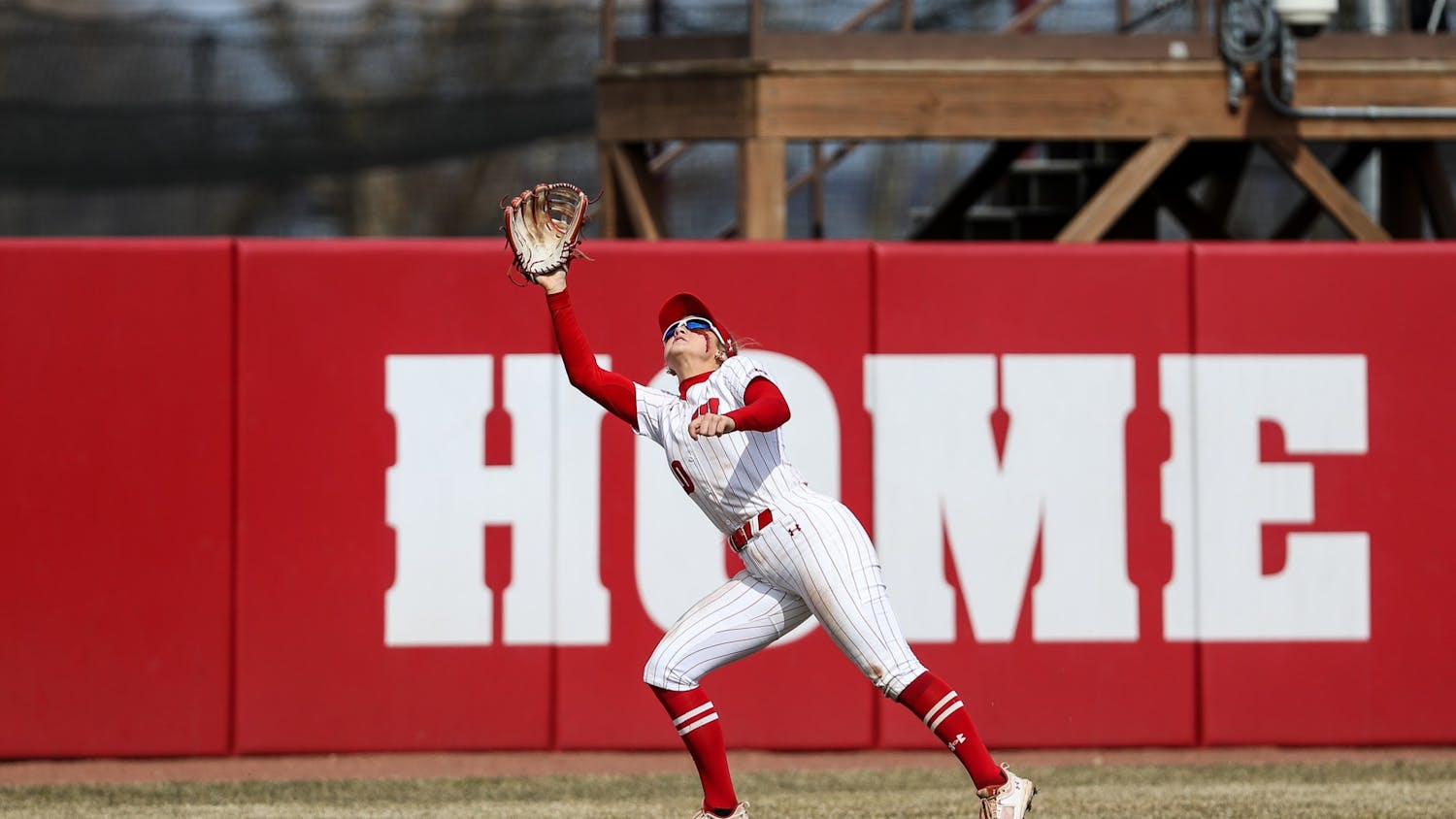The madness is back.
In 2020, the annual NCAA basketball tournament took a hiatus at the dawn of the coronavirus outbreak. This was a major letdown for fans of the sport worldwide, and particularly disappointing for teams gearing up for a run at the hardware. At this time last year, the Badgers were coming off a scorching-hot run to end the season, and looked poised to make their deepest run in the tournament since Tyus Jones and the Duke Blue Devils broke their heart in the 2015 national title game.
Since that year, the Big Ten has been consistently sending around seven teams to the bracket, which usually is good for first or second in the nation in that regard. In 2021, however, a whopping nine teams from the Big Ten received an invitation, easily good enough for best in the nation ahead of the Big Twelve and the ACC (with seven each).
The Big Ten has firmly set itself apart as the best conference in college basketball this year. The conference boasts two top-seeded teams in the tournament, Michigan and Illinois. Following them are two No. 2 teams, Iowa and Ohio State. Two of the best players in the sport will be representing the Big Ten this March, Iowa forward Luka Garza and Illinois guard Ayo Dosunmu. Both are considered among the favorites to win National Player of the Year.
* * * * * * *
Not only does the Big Ten have elite, high-end talent, its middle-of-the-pack contenders would be regular season favorites in most other conferences.
The fact that teams like Wisconsin (9) and Rutgers (10) can each go 10-10 in conference play and still land respectable seeds depicts just how brutal the Big Ten has been this year. While every team in the tournament is eager to prove itself on a national stage, lower-tier Big Ten teams that still made the bracket like Maryland (10 seed, 9-11 in conference games) undoubtedly can’t wait to play an out-of- conference game.
So how did so many Big Ten teams make the tournament this year? For starters, conference play was an absolute gauntlet. When looking at seeding, it’s clear lots of benefit-of-the-doubt was given to teams simply because they had to play a conference slate in the Big Ten. Rutgers, for example, went a dismal 1-7 against top-25 teams. Coupled with a mediocre .500 record in conference play, the Scarlet Knights don’t look like your average tournament-worthy squad. However, when considering all of those top-25 matchups were in the loaded Big Ten, Rutgers looks like a battle-tested survivor. This experience will also be key when the bloodbath starts, as every Big Ten team in the tournament has played at least eight games against ranked competition.
Michigan and Illinois — as number one seeds — have the easiest, if not the clearest, path to the final four. Regardless, once teams reach the sweet sixteen and onwards, anything goes. In the East, Florida State could give Michigan plenty of trouble, and Oklahoma State and their NBA Lottery-caliber guard Cade Cunningham would be no easy task for the Fighting Illini. In the South quadrant of the bracket, Wisconsin, Purdue, and Ohio State could all potentially win multiple games, but must get past the giant that is No. 1 Baylor.
* * * * * * *
As always, 63 teams will go home disappointed this year. The March Madness bracket is ruthless, magnifying every possession on the court and leaving no room for error. Despite the consistently solid number of teams the Big Ten sends to the tournament every year, a national champion hasn’t come out of the conference since Michigan State cut down the nets in 2000. This year easily represents one of the best chances the conference will have to crown a champion.






